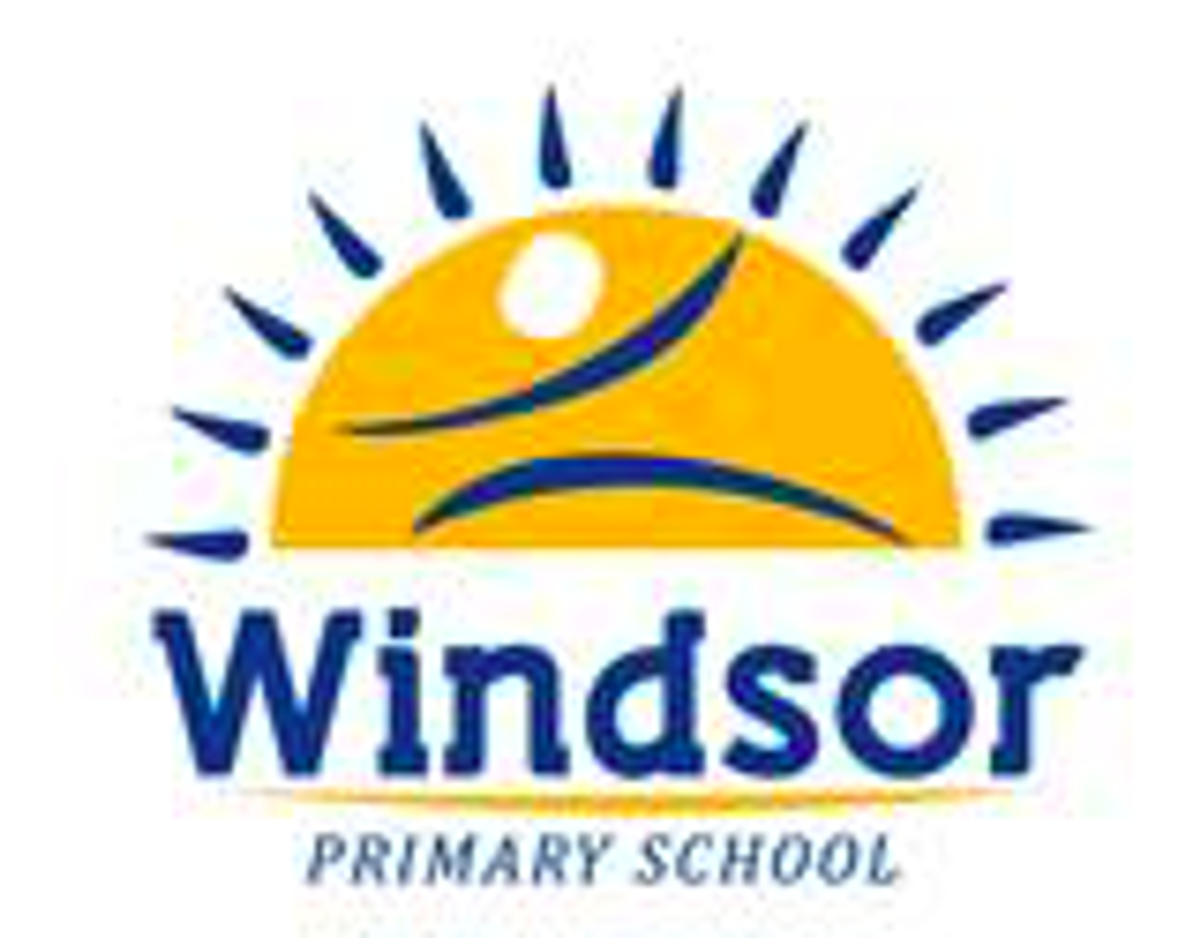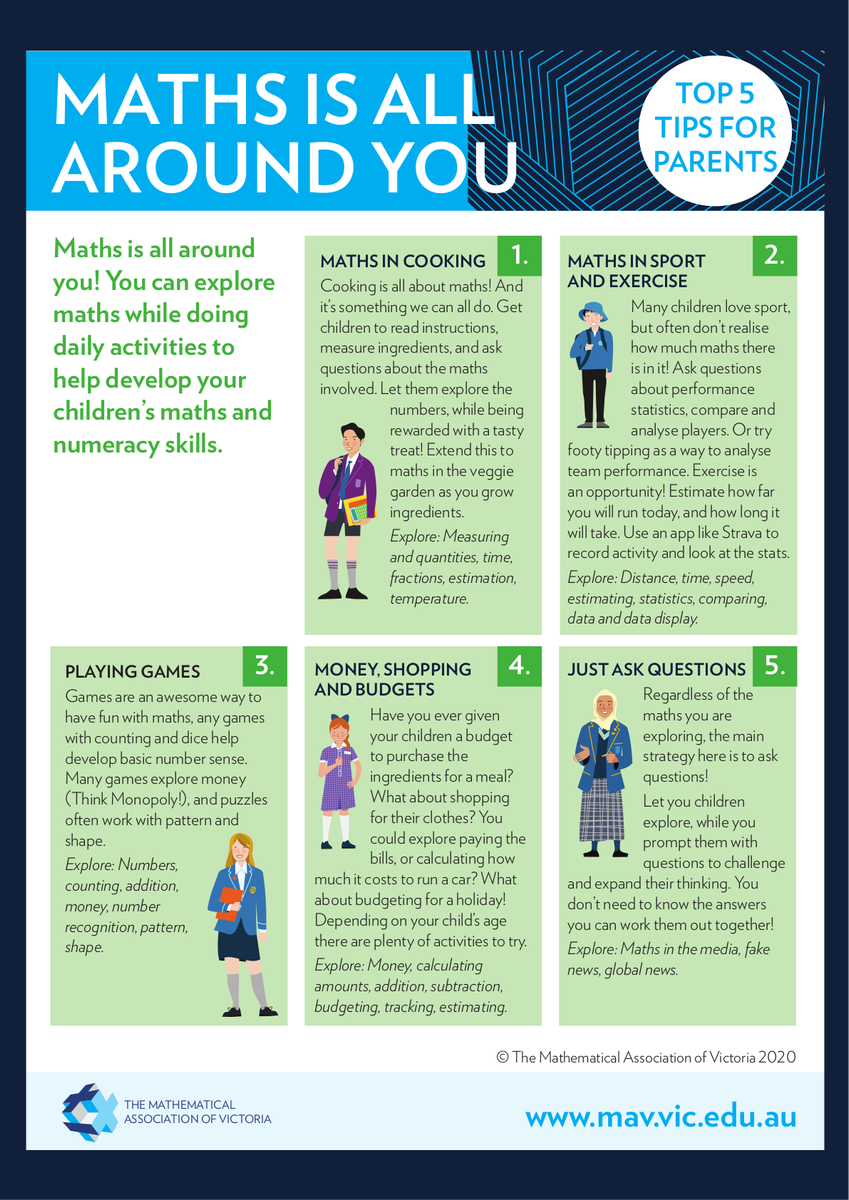Curriculum

Curriculum
Welcome to the WPS Teaching and Learning / Curriculum Page.
Throughout the year you will find tips for learning at home and information about aspects of the teaching and learning program at WPS.


Foundation Term 1 Overview
Literacy | |
Reading Concepts of Print, such as holding the book the right way up, front cover, back cover, title etc
Turning pages right to left and tracking words from left to right
Recognising the difference between letters, words, numerals, punctuation and sentences
Little Learners Love Literacy Phonics
| Writing Pre-writing patterns Left to right directionality Correct pencil grip Letter and word spacing
|
Numeracy |
Connect number names, numerals, and quantities, including zero, initially up to 10 and then beyond
Counting by naming numbers in sequences, initially to and from 20, moving from any starting point
Subitise small collections of objects
Connect days of the week to familiar events and actions
Compare and order the duration of events using the everyday language of time
Sort, describe and name familiar two-dimensional shapes and three-dimensional objects in the environment |
Health & History |
We Are the Same but Different Identify personal strengths
Practise personal and social skills to interact with others
My Family, My Community Identify people and actions that help keep themselves safe and healthy - self, family and community
Differences and similarities in family structures |


Year 1/2 Term 1 Overview
Literacy | |
Reading Predict what the story may be about by considering; the title of the book, the cover and the illustrations
Expand Vocabulary using a range of adjectives and adverbs
Use prior knowledge to make predictions and connections
Use an increasing range of graphemes, phonemes and letter blends to decode unfamiliar words | Writing Increase awareness of effective sentence beginnings Create their own familiar sequence book Write in-depth, long sentences about a personal item Use a range adjectives and adverbs to add interest and detail Effective presentation, including title, correct spacing, careful handwriting and adding appropriate Illustrations |
Numeracy |
Number sequences to and from 100 by ones from any starting point. Skip count by twos, fives and tens starting from zero
Count collections to 100 by partitioning numbers using place value
Recognise, model, represent and order numbers to at least 1000
Group, partition and rearrange collections up to 1000 in hundreds, tens and ones to facilitate more efficient counting
Tell the time to the half hour
Describe duration using months, weeks, days and hours
Use a calendar to identify the date and determine the number of days in each month
Recognise, model, read, write, and order numbers to at least 100. Locate these numbers on a number line
Identify outcomes of familiar events involving chance and describe them using everyday language such as ‘will happen’, ‘won’t happen’ or ‘might happen’
Describe outcomes as ‘likely’ or ‘unlikely’ and identify some events as ‘certain’ or ‘impossible’. |
Health & History |
Things I Am Good At and Things That Others Are Good At Identify personal strengths and describe how these strengths are useful in school or family life
Listen to others’ ideas, and recognise that others may see things differently
My Family, My Community How family, friends and communities commemorate events that are important to them
Differences and similarities in family structures |

